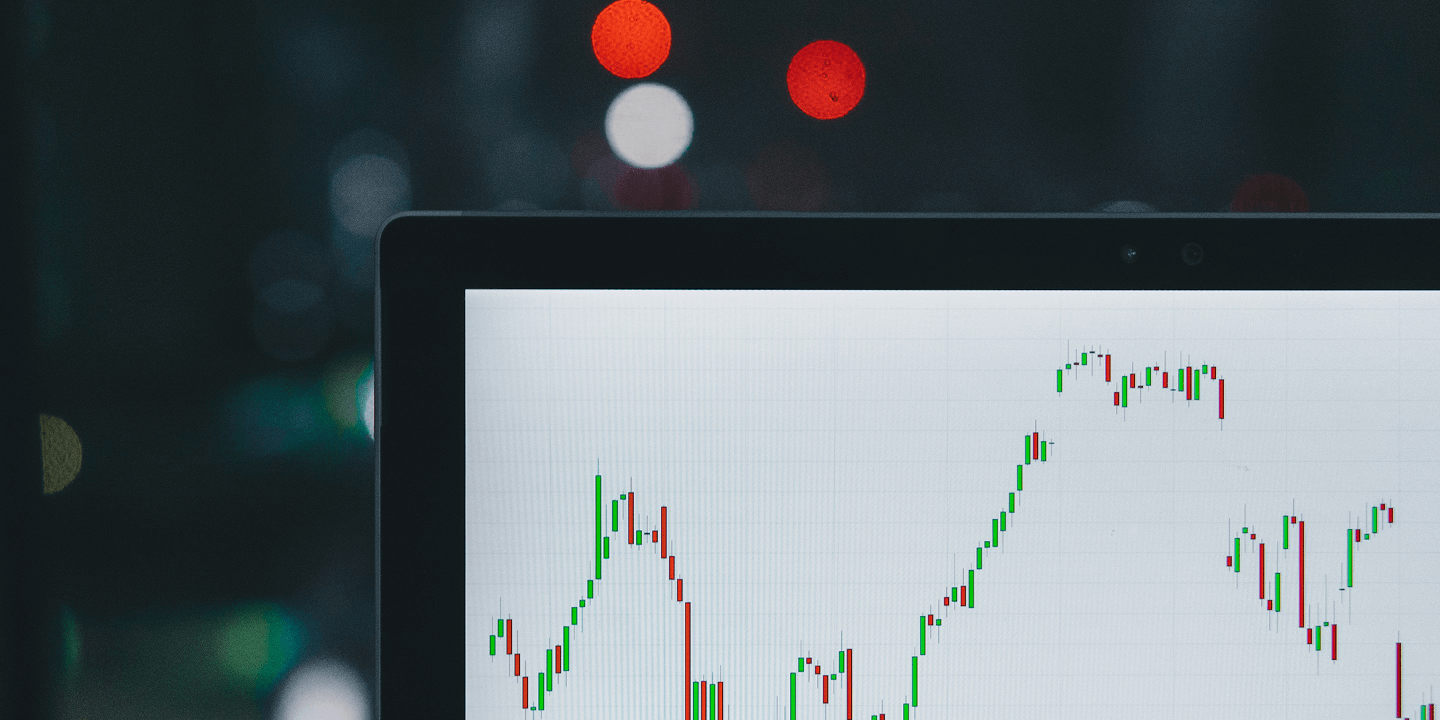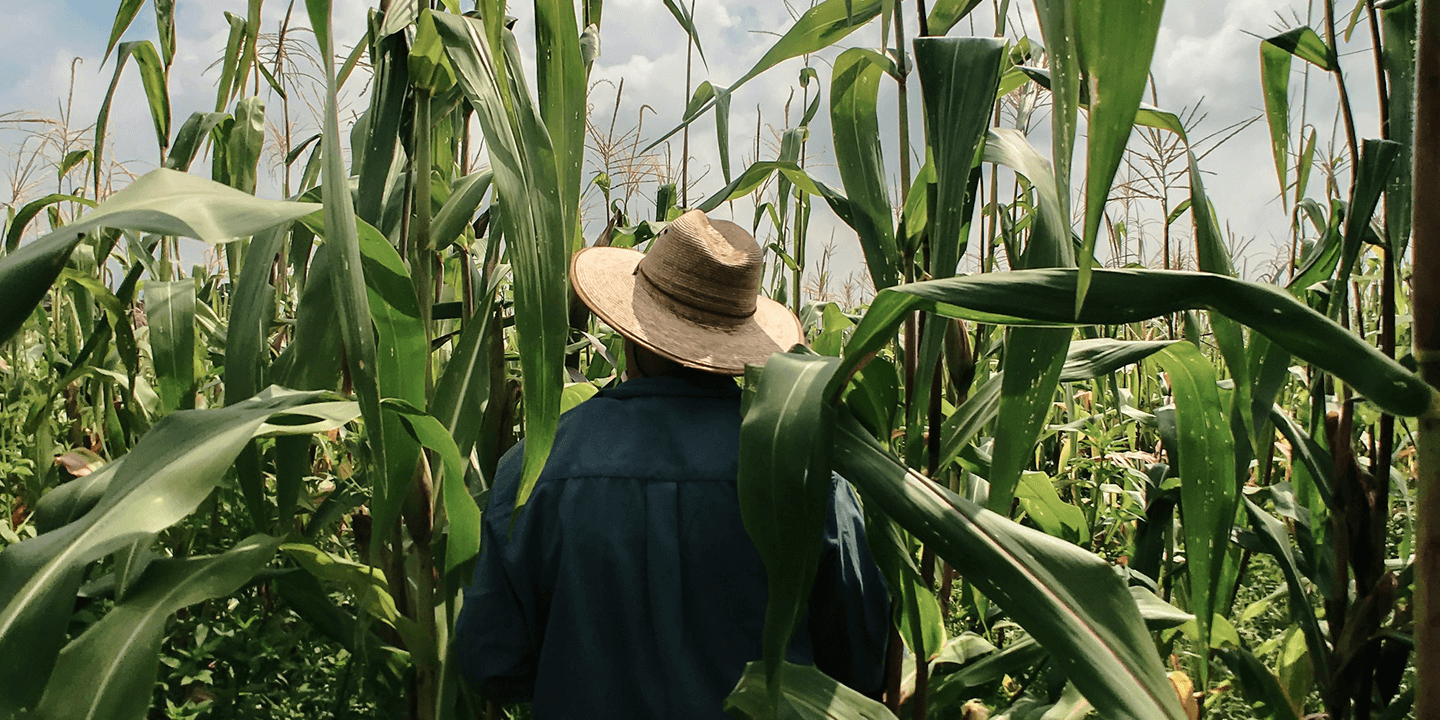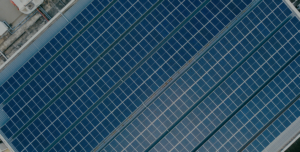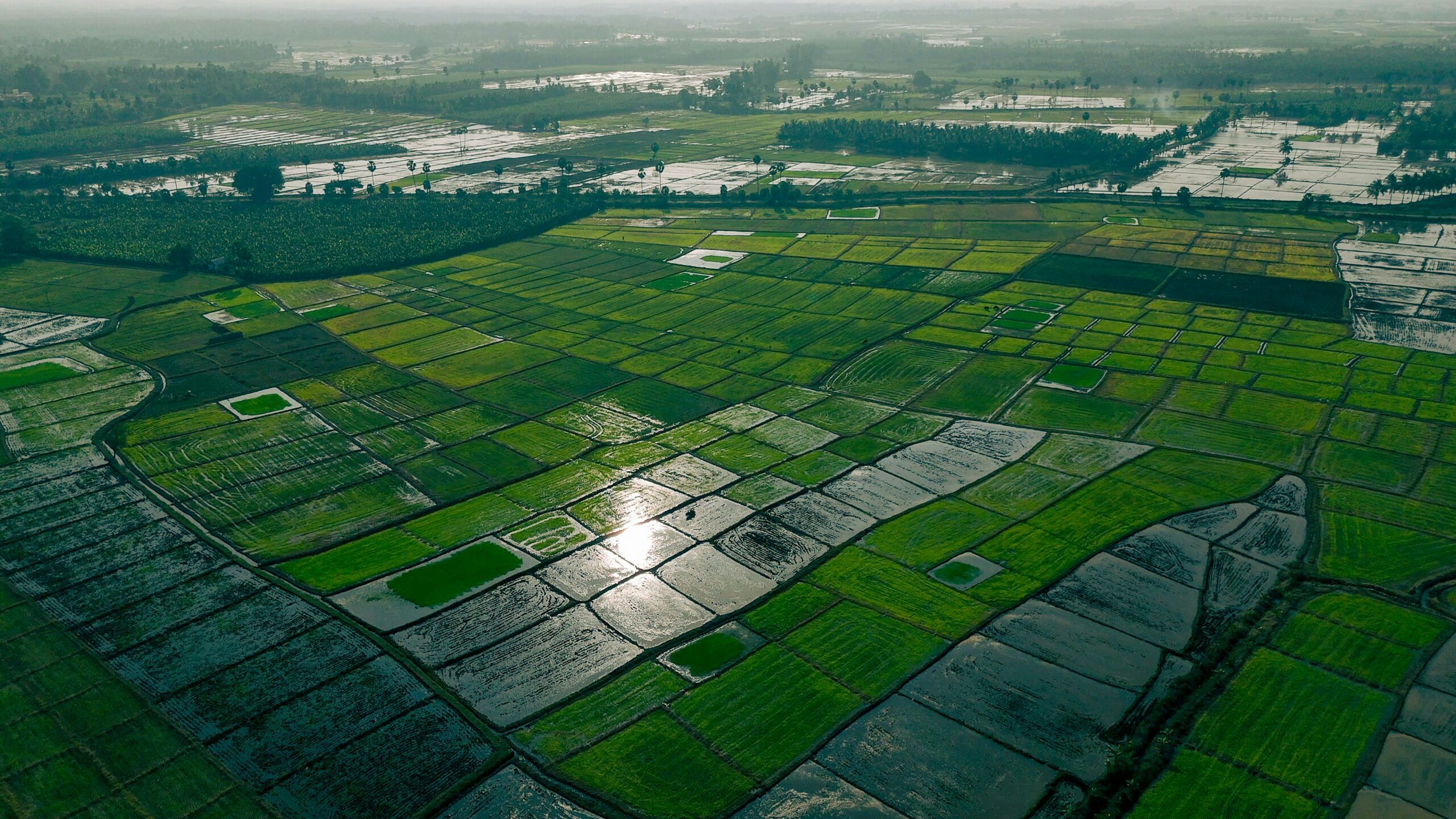What is CORSIA?
The Carbon Offsetting and Reduction Scheme for International Aviation (CORSIA) is a global market-based mechanism aimed at addressing the growing environmental concerns associated with international air travel. It was designed to encourage airlines to measure, reduce and compensate for their greenhouse gas (GHG) emissions through various climate action initiatives. CORSIA was launched by the International Civil Aviation Organization (ICAO) in 2016 and serves as a significant step towards mitigating the carbon footprint, specifically for the aviation industry.
The CORSIA initiative is complementary to other decarbonisation efforts in the aviation industry, such as low-carbon technologies and sustainable aviation fuels (SAF). This initiative not only reduces the impact of aviation on climate change but also contributes to combating climate change by channelling additional finance to impactful climate projects. It is important to note that CORSIA is only applicable to international flights, while domestic flights fall under the purview of the UNFCCC and their greenhouse gas emissions are covered under the Paris Agreement.
How is CORSIA implemented?
CORSIA is implemented in several phases:
- Pilot Phase (2021 – 2023) – During the pilot phase, CORSIA is voluntary and serves as a learning period for participating states to measure and report their emission footprint before transitioning to subsequent mandatory phases.
- First Phase (2024 – 2026) – The first compliance period starts in 2024 and is voluntary for countries with significant international aviation activities. Members are required to offset emissions above 85% of their 2019 emissions.
- Second Phase (2027-2035) – The second compliance period starts from 2027 and extends till 2035 in 3-year cycles. This period is mandatory for all Member States.
Demand for CORSIA-eligible credits
The effectiveness of CORSIA is reliant on the comprehensive and accurate monitoring, reporting and verification of greenhouse gas emissions by the airlines and aircraft operators. This promotes transparency and accountability in ensuring that the emissions reductions are real and aligned with international standards.
As part of its commitment to transparency and credibility, the ICAO has also set in place a criteria in for determining the eligibility of carbon credits to be used as part of CORSIA. This criteria are is applicable to carbon crediting programs to ensure that the credits used (deemed as ‘CORSIA Eligible Emission Units’) address environmental and social integrity. Hence, credits that fall under this program appeals to a wide range of industries that are looking to compensate for their GHG emissions given the alignment and recognition by the United Nations.
CORSIA-eligible credits available on CIX Marketplace
The criteria differ for each offset program and our core suite of solutions, CIX Marketplace, CIX Auctions and CIX Exchange offer the ability to purchase credits that are eligible under CORSIA’s Pilot Phase. Currently, our platforms offer these credits from LFG and Cookstoves project types. Examples of such credits generated on our platforms include: VCS2503 – Liling LFG Power Generation Project, a landfill gas to energy project in China,. VCS 2982 – BioLite Improved Cook Stoves Programme in Kenya and VCS2473 – Installation of High Efficient Cook Stoves by Enking International in India. The criteria for the first phase of CORSIA is still being developed and we hope to see more eligible units and diverse credit types under the mechanism once it has been finalised. If you are interested in purchasing these credits, feel free to reach out to us at contact.us@climateimpactx.com











